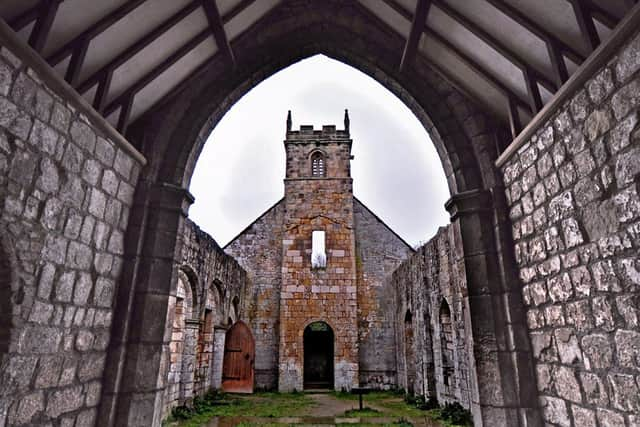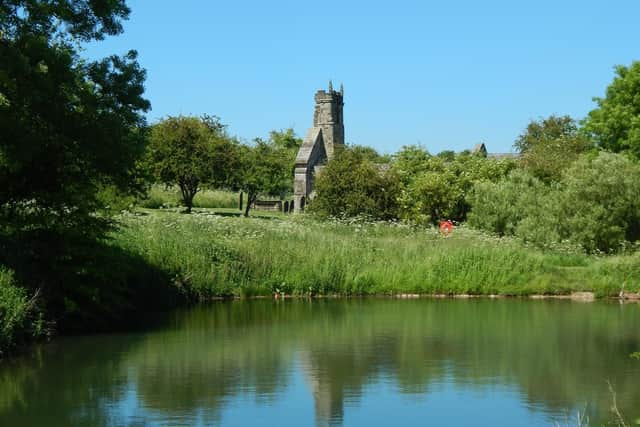The 'zombies' of Wharram Percy: The story of the mutilated bodies found in a Yorkshire village


Historic England confirmed that knife marks had been found on 137 human bones excavated from the village of Wharram Percy, between Malton and Driffield, during a dig in the 1960s.
At first mystified, experts eventually concluded that they offered evidence of a blood-chilling ritual performed to prevent 'zombies' rising from the dead.
Advertisement
Hide AdAdvertisement
Hide AdThe skeletons dated from the 11th and 14th centuries, and suggested that medieval villagers mutilated and burned their dead to stop them coming back to life.


Corpses were thought to spread disease and attack those still living.
The remains found during the dig belonged to 10 people who had grown up in the local area. Knife marks had been found in the head and neck area and some bones had been broken after death.
Advertisement
Hide AdAdvertisement
Hide AdA skeletal biologist ruled out cannibalism, as none of the incisions had been made near muscles or large joints.


The find was later decreed to be the first sold archaeological evidence of the practice of dismembering bodies to stop them rising from the grave.
Although the skeletons were discovered in a burial pit during a 1960s excavation, they were not studied in detail until 2017.
Advertisement
Hide AdAdvertisement
Hide AdThe remains included seven adults, two women, and three small children, one a toddler. Archaeologists originally uncovered them when they were assessing the foundations of a house, and they had been buried in three pits some distance from the church.
The initial theory had been that they were older than Wharram Percy itself, and could have even dated from before the Roman period - which would have explained why they were not interred in the graveyard.
What is Wharram Percy?
The historic site in the Yorkshire Wolds is one of the best-preserved medieval villages in Britain.
Advertisement
Hide AdAdvertisement
Hide AdIt was abandoned in the 16th century, but its church, some ruined cottages and foundations can still be seen.
A major excavation of the entire site took place from 1950 until 1990.
It was a bustling settlement during the 10th-12th centuries, when cereal farming was the main activity. The population fell during the Black Death, but contrary to popular myth, Wharram Percy recovered.
The death knell came in the 1400s, when the feudal ownership of the village changed. Sheep farming became more profitable than arable, and the land was turned over to grazing. There was also less demand for agricultural labour. In the early 16th century, the last residents were evicted and their homes were demolished.
Historic England now care for the site.